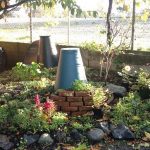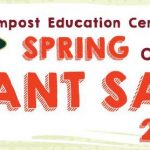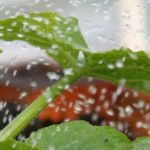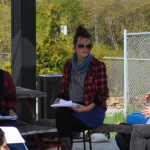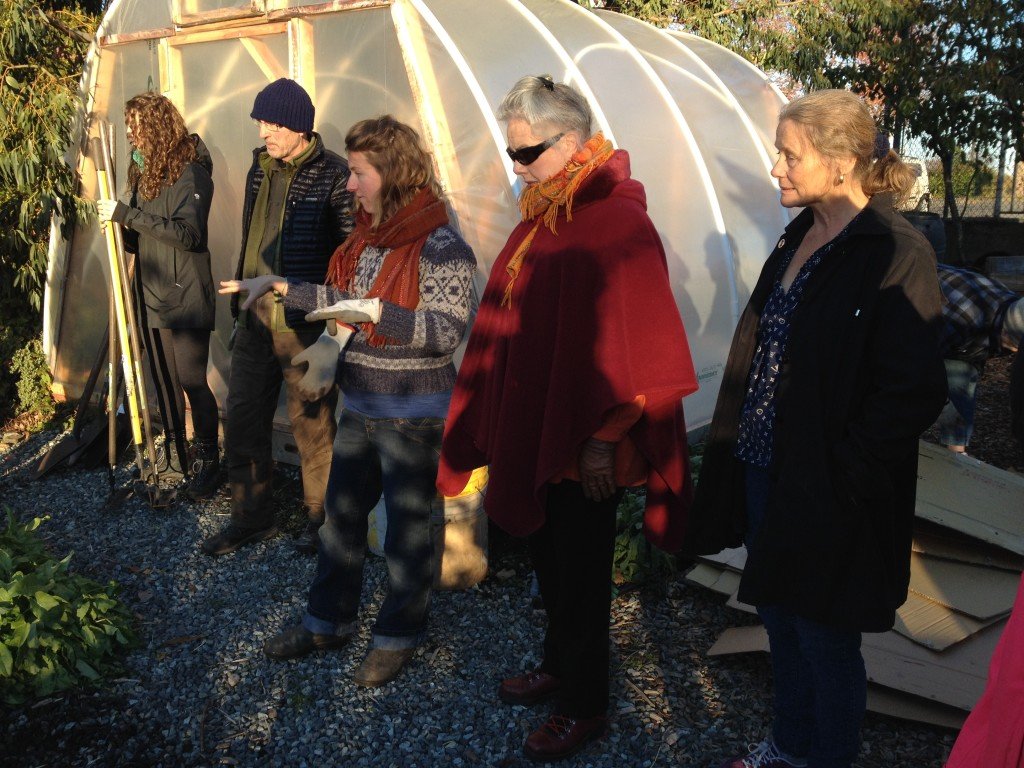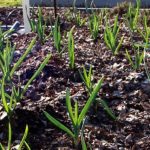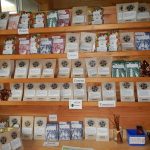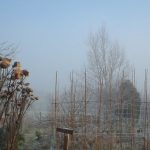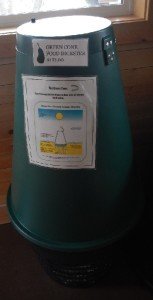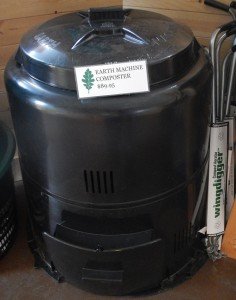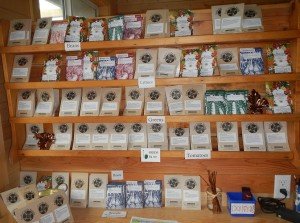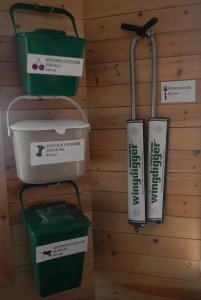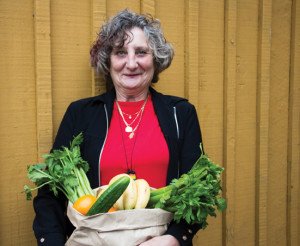Earth Machines back in stock — get them for $89.95 until May 9th
April 30, 2015
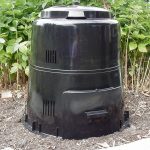
After a bit of a wait (so hard when it’s spring and everyone is thinking about compost!) we are pleased to have Earth Machine composters back in stock. We have been carrying these composters for 15 years now and we love their rodent resistance, the fact that they’re made in Canada from post-consumer recycled plastic and above all, the beautiful soil they produce.
While we plan to keep carrying our beloved Earth Machines, we unfortunately need to raise the price due to the increased cost of plastic and shipping rates. As of May 10th, the price will go up from $89.95 regular / $80.05 member to $99 regular / $89.10 member price. You’ve still got a week and a half to snag one at the old price, so please do stop by and get a deal!
We value accessibility and never like to raise the price on any of our products, however, we do need to ensure that we are not losing money on the items we sell. As always, the Compost Education Centre is a social enterprise and all profits from our products go to support our community education programs. We appreciate your support!
Posted in Announcement, Blog, Composting, Featured, News, RetailTagged announcement, composting, earth machine, news, organic gardening, restock, restocked, retail
